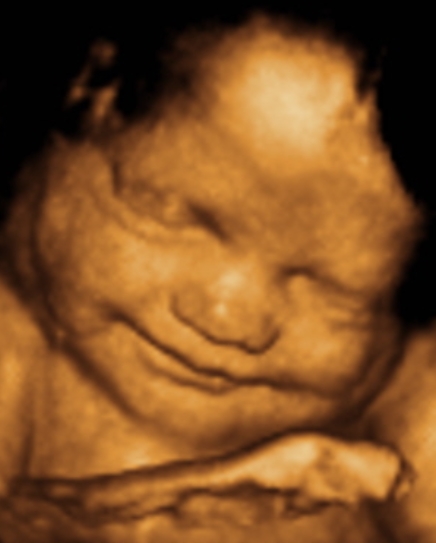
We link primary sources - including studies, scientific references, and statistics - within each article and also list them in the resources section at the bottom of our articles. Medical News Today has strict sourcing guidelines and draws only from peer-reviewed studies, academic research institutions, and medical journals and associations. The Food and Drug Administration (FDA) and pregnancy experts recommend avoiding any imaging that is not medically necessary. While 3D and 4D scans may be common commercially, they are not frequently used for medical purposes in the United States. fine details of the brain, heart, and other organs.the fetus’s face, which may or may not resemble their appearance at delivery.the fetus moving, kicking, or moving their mouth.On a 3D or 4D ultrasound, a person might see: A doctor might also order a 3D or 4D scan if they need more detail than a 2D scan is providing.įor example, if the fetus’s face looks unusual in a 2D image, the doctor might need added dimension to see whether the fetus has a cleft palate. These scans may be standard, or facilities may offer them for an extra fee. The result is an even more detailed image that makes it possible to see the fetus moving. This produces a 3D image, and the added detail makes it easier to see smaller structures, such as fingers and toes, as well as facial features.Ī 4D ultrasound sends sound waves across multiple planes, with numerous waves per second. In most cases, however, they are accurate - particularly if a skilled doctor analyzes the images and does a follow-up scan.ģD and 4D scans offer greater detail than traditional 2D ultrasound images.Ī 3D ultrasound works by sending sound waves from multiple angles.

Ultrasounds cannot detect all pregnancy complications, and they may even suggest issues that are not there. Instead, a doctor will meet with the woman shortly afterward to go over the results. If an ultrasound technician performs the scan, they may not be able to answer questions. the health of the woman and the pregnancy, which may involve looking for signs of problems such as placenta accreta and placenta previa and measuring fluid levels.

#4d ultrasound pictures 30 weeks full
They then use a handheld tool called a transducer to generate sound waves, and gently move the tool around the abdomen while checking the relayed images on a monitor.įor the best images, it may help to have a full bladder, which helps the sound waves to travel more effectively.Ī vaginal ultrasound may offer a better image, especially when the fetus is in a certain position. The healthcare provider, possibly a technician, applies gel to the woman’s bare abdomen. Processĭuring an ultrasound, the pregnant woman lies on a table. The most common type is a 2D ultrasound, which offers a simple, somewhat grainy black and white image. The scan is not a photo and cannot capture every detail. An ultrasound scan during pregnancy involves sound waves bouncing off of the fetus and structures in the body to create a rough picture.


 0 kommentar(er)
0 kommentar(er)
